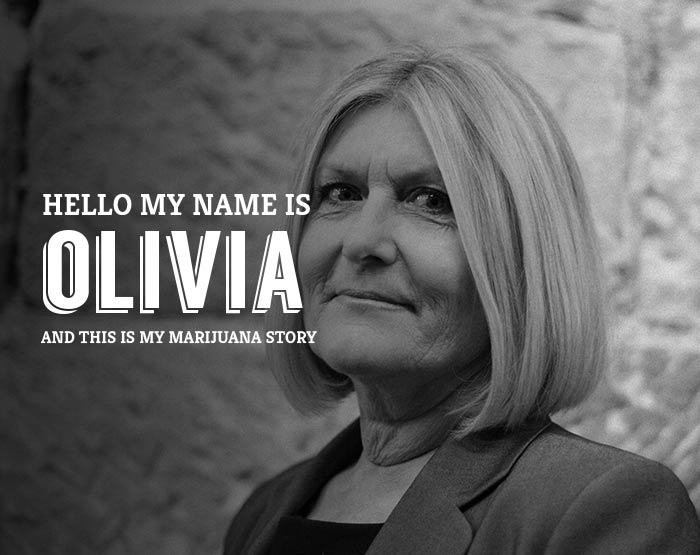If you need another story to help you understand how important medical marijuana is to people who suffer from chronic pain, perhaps my story will help.
I suffer from a neuropathic chronic pain condition known as Trigeminal Neuralgia. The trigeminal nerve is located within the brain and transmits sensation from the brain to the face. “TN” is basically the result of damaged or injured nerves.
The medical community describes TN as “one of the worst pains known to mankind” and causes “excruciating pain in the head, neck and jaw.” Think of an army of fire ants biting you all over your face. It’s also known as the suicide disease because for many people the pain is so bad (like being burned or giving birth without the assistance of any painkillers) they are driven to take their own lives.
I tried everything to ease the pain, including expensive medications and treatments, acupuncture, even botox. One botox session cost me $1,200.
Then I talked to a doctor at the UCLA Medical Center about medical marijuana. He told me “there’s pretty strong evidence that whole leaf marijuana and extracts of it can be helpful for nerve pain.” He also said CBD does not tend to make people feel high or intoxicated and that “it makes it easier for people to get that pain relief without that highness that at least some people experience as unpleasant.”
To become a medical marijuana patient, I needed to be evaluated by a doctor who specializes in medical marijuana. I told him about my condition and he recommended the use of medical marijuana.
Next, I went to a dispensary where “patients” get their cannabis. I have to say it is a bit overwhelming to walk into a dispensary for the first time because there is so much to choose from when it comes to medical marijuana. There are flowers (which you smoke), topicals, edible products or concentrates.
That’s where the knowledge of the workers is indispensable (at a dispensary, see what I did there?). The worker listened to my concerns and told me he sees people with conditions ranging from Crohn’s disease, diabetes, and cancer. I bought some things and couldn’t wait to try them out.
Here is the thing: I did this experiment trying medical marijuana over the course of several weeks, so don’t think I went on an all-night medical marijuana binge (although like I said, I was willing to try anything).
I applied a topical to my face along my jaw and my temples, which are the areas where I experience the most pain. The topical smelled a bit like Icy Hot, but it was worth it when, just two hours later, my muscles were so relaxed. The tightness was still there, but the pain was not.
Later, and in the privacy of my home, I tried the flowers, which you smoke. I have to say this helped the most with my headaches, as I felt relief not felt from medications I had previously been taking.
Tinctures were probably the most expensive method I tried, but I didn’t really feel anything from them.
Using a vape pen was probably the easiest way for me to take the cannabis, but the effects did not last very long, so I would need to bring it with me to use throughout the day.
Now I said the tinctures didn’t work, but I did find Charlotte’s Web, which is hemp-based and can be shipped to any state. That worked incredibly well. In fact, it allowed me to get a good night’s sleep I hadn’t had in recent memory. The key is getting the dosage right.
Like any treatment for any ailment, you must inform yourself and see what works. But, I can say this with all sincerity and speaking as someone who deals with chronic (excruciating) pain: medical marijuana worked for me.



Leave A Comment